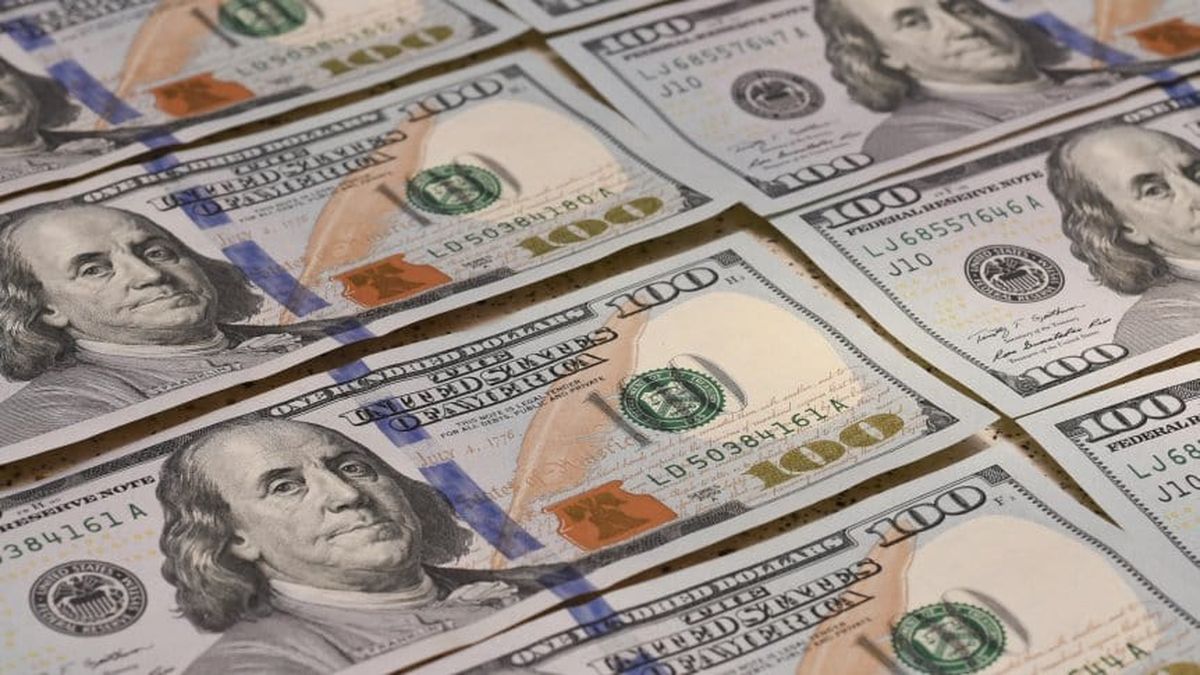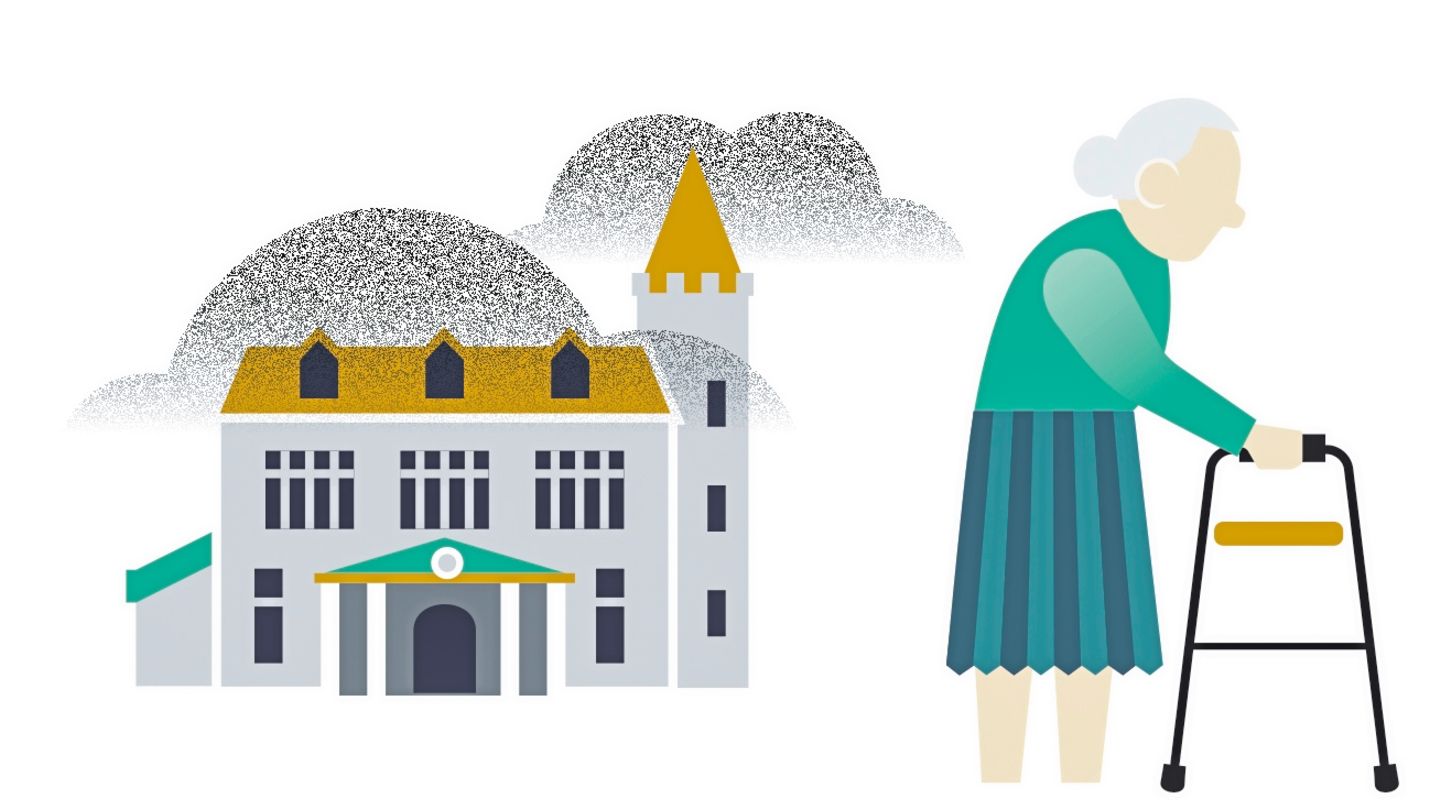Meanwhile, the MEP dollar fell 2.5% ($5.10) and moved away from its floor of $200, closing at $196.63, which leaves a spread of 82.9%.
In this way, the stock market dollars resumed negative streak after having rebounded on Monday.
“The successive rises in rates, the firmness of soybeans and the acceleration of the ‘crawling-peg’ continue to contribute to going through the current stage of greater calm that has been allowing the high ‘gap’ to loosen. In this sense, they also play in favor of the declines in financial dollars, fueled by said scenario and simultaneously the growing arbitrations towards CER titles in the face of tactical bets”, said the economist Gustavo Ber.
For its part, Walter Morales, Chairman of Wise Capitalstated that “the wholesale dollar should trade around $145 and the parallels through the roof, but with the IMF in the middle and the possibility that the Reserves jump to $45 billion due to the swap with China and what The Fund will contribute at the beginning of the program, the BCRA is going to seek to carry out periodic devaluations at the rate of inflation instead of a sharp jump. Today it is achievable because Central is increasing rates, but it is playing to the limit”.
It is worth remembering that last Thursday the BCRA increased its Leliq reference rate by 250 basis points, to 42.5% per year for the 28-day term, and raised the interest rate paid by the terms from 39% to 41.5%. 30-day fixed rates for human beings, which represents a yield of 50.4% of the Annual Effective Rate (TEA), which is its second rise in interest rates so far this year.
As for the negotiations with the IMF, the government still has to send the draft understanding to Congress for approval and the agency’s board must give it the go-ahead.
official dollar
The dollar, which is directly regulated by the BCRA, rose 15 cents to $107.19, with which in the week it accumulates an advance of 41 cents (against 38 cents in the same period last week). “The official strategy seems to have resumed a higher rate of sliding prices, something that had been relegated in the previous week,” said analyst Gustavo Quintana.
The Central Bank (BCRA) sold reserves for the second consecutive time, after cutting a 14-day streak without negative results. In this round, he sold US$55 million, which is added to the US$6 million of the previous round.
The positive balance for the month was reduced to just over US$40 million, a fact that sets off some alarms in the process of recovering international reserves undertaken by the monetary authority in the first two months of the year.
With the normalization of activity after yesterday’s holiday in the United States, the US currency once again traded sideways around the regulation values established by the Central Bank for today.
In a scenario of improvement in the volume of operations, the prices of the wholesale dollar did not substantially deviate from the values set by the enforcement authority. The lows were recorded at the start of the day at $107.15, eleven cents above the previous end. The authorized demand exerted some pressure on the price, which responded with advances that little by little led it to reach maximums of $107.19, a level that was maintained until the close of operations. The official activity attended with veins the purchase orders not satisfied by the genuine offer.
The dollar today -without taxes- rose nine cents to $112.80 this Monday, February 21, 2022, according to the average in the main banks of the financial system. In turn, the retail value of the currency at Banco Nación remained stable at $112.25.
The blue dollar fell $1.50 this Tuesday, February 22, 2022, and closed at $210, a new minimum in five weeksaccording to a survey carried out by Ámbito in the Foreign Exchange Black Market.
The informal dollar had rebounded 50 cents on Monday, thus ending a mini streak of two consecutive declines, but on this day it resumed its downward path to approach its lowest value in the year ($206).
Consequently, the spread between the blue dollar and the wholesale exchange rate dropped to 95.9%, the lowest levels since December 21, 2021.
Beyond everything, the blue dollar completed four consecutive weeks trading above $210, since last January 18 it climbed from $209 to $211.
Source: Ambito
David William is a talented author who has made a name for himself in the world of writing. He is a professional author who writes on a wide range of topics, from general interest to opinion news. David is currently working as a writer at 24 hours worlds where he brings his unique perspective and in-depth research to his articles, making them both informative and engaging.




